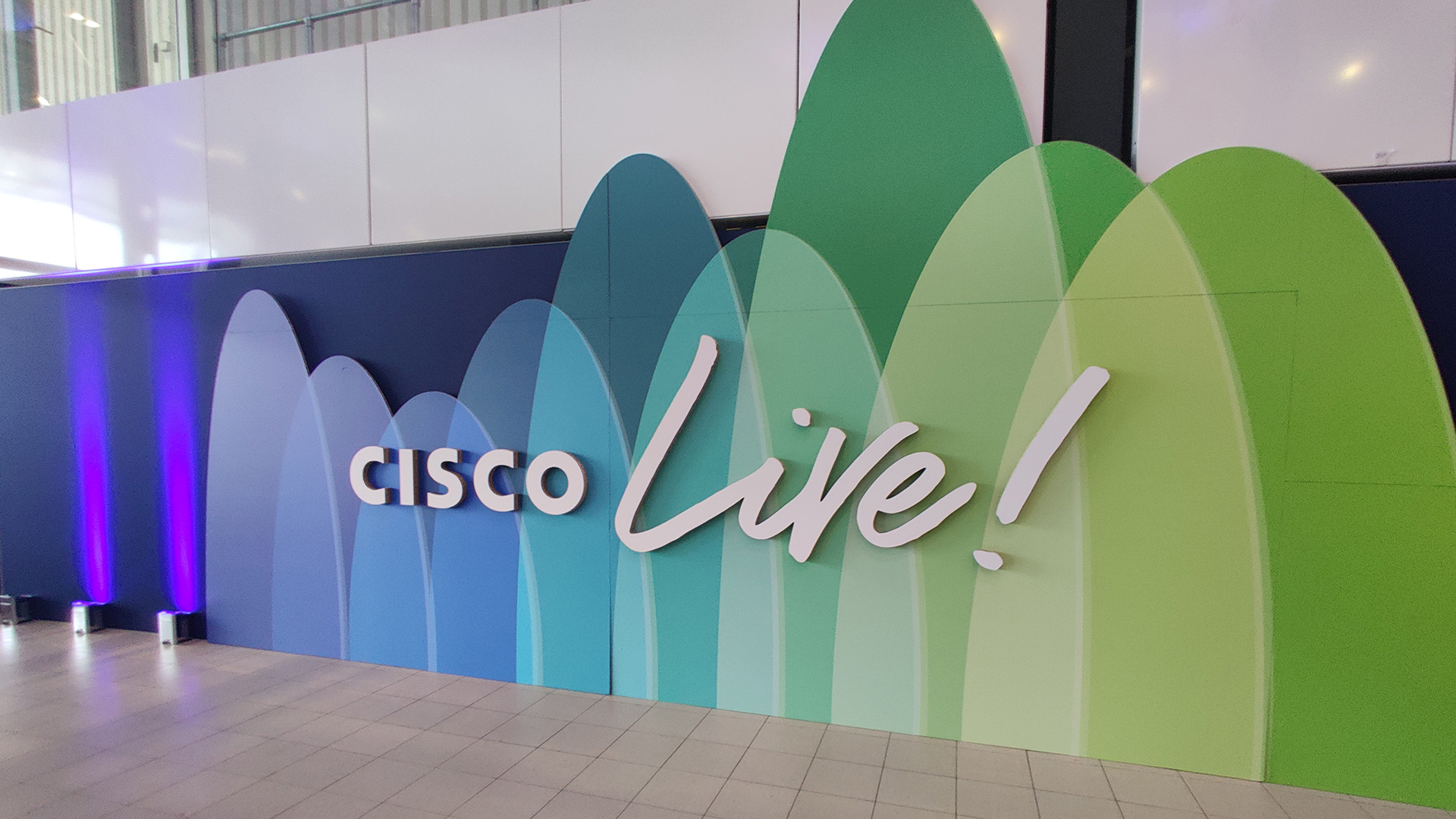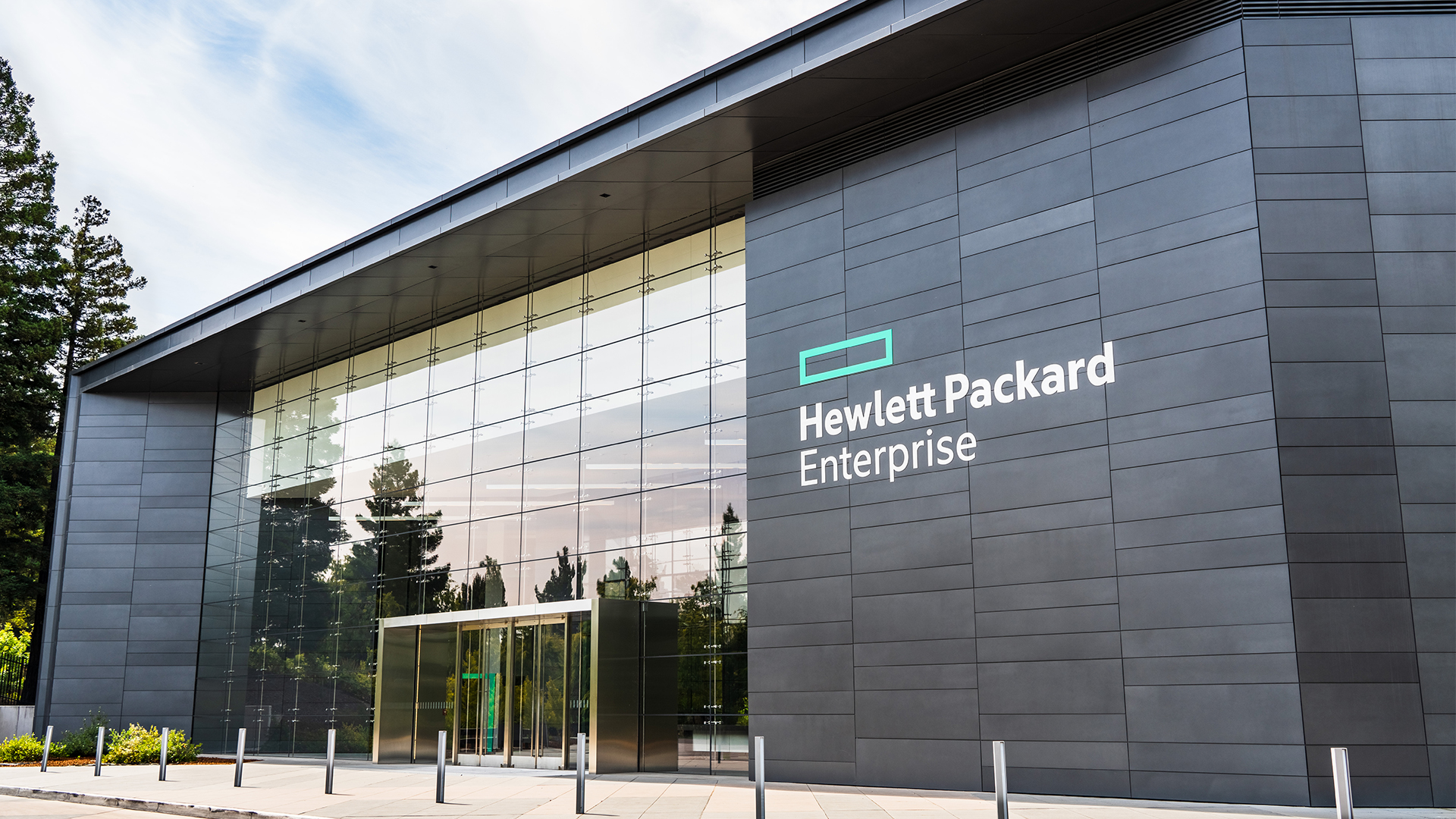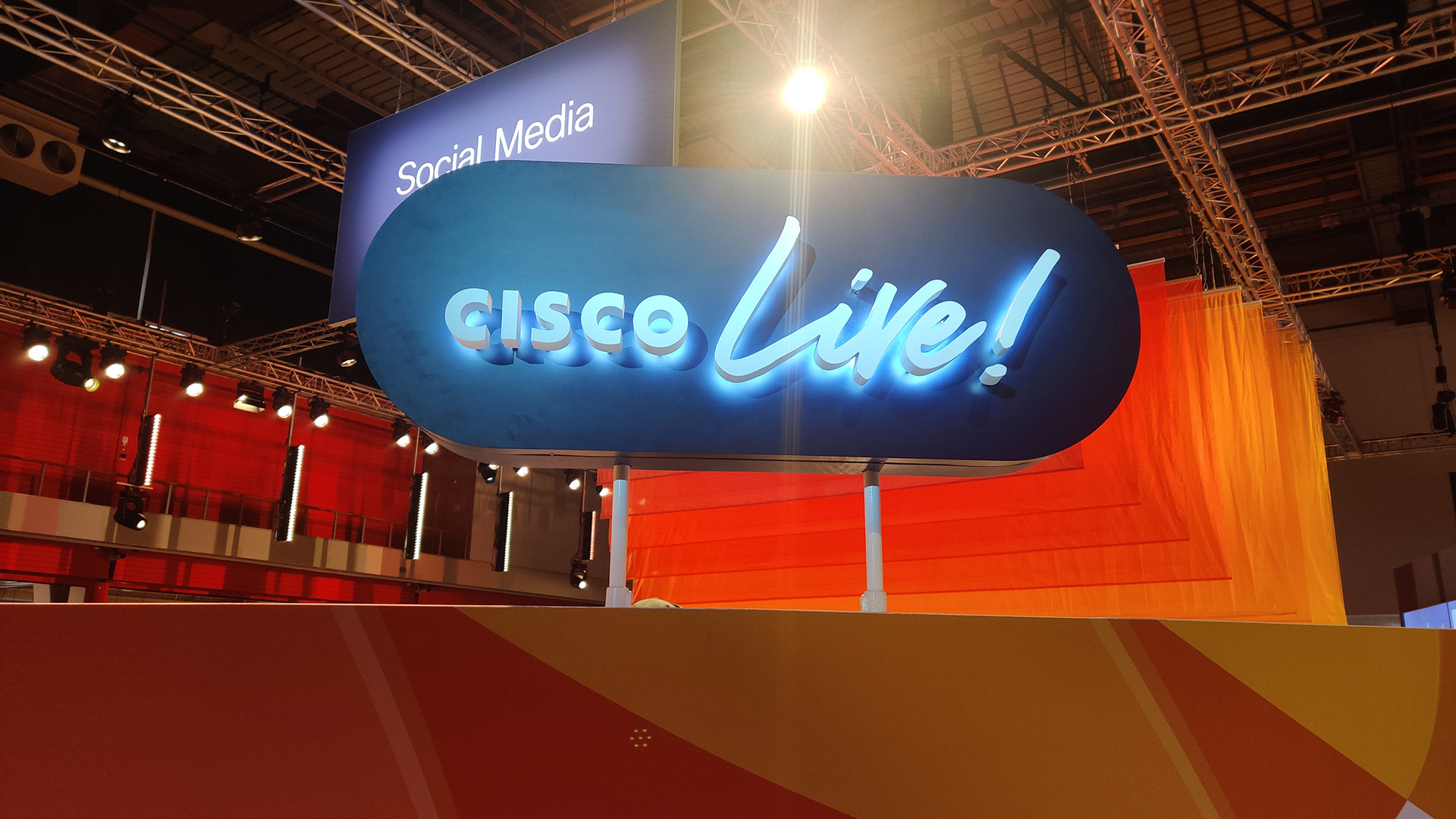Cisco launches suite of products aimed at improving enterprise campus networks
Wi-Fi access points, switches, and a private 5G service will help support hybrid workers, company says


Cisco has announced a range of services and products to support hybrid working, including a private 5G service for enterprises and new high-performance Wi-Fi access points tailored for enterprise campus environments.
The announcements focus on bolstering on-site enterprise networks to improve performance and accessibility for hybrid workers when they come to the office.
They target network infrastructures capable of supporting emerging business applications, including higher-resolution video traffic and immersive interfaces, Cisco said.
The private 5G service includes both 5G radio and Wi-Fi capabilities. Offered on a pay-as-you-go subscription model, the service is designed to minimize initial customer investment, and work is being done with third-party service providers to scope out customer environments and create tailored packages, Cisco explained.
Cisco will manage the cellular part of the solution, and customers use a cloud-based management portal to monitor and manage policy and enterprise networking devices, the vendor added. It also includes identity management, with secure access policies that allow users to access only the resources they need.
The company launched Wi-Fi 6E access points targeting hybrid business environments. Wi-Fi 6E extends Wi-FI 6 into the 6GHz radio spectrum for faster speed and reduces radio interference from other Wi-Fi devices. Cisco expects this to be useful for applications including augmented and virtual reality, which require high bandwidth and low latency.
The Meraki MR57 is a cloud-managed device featuring gigabit speeds. It offers radio optimization with multi-antenna MU-MIMO support and measures local metrics, including visit lengths and repeat visit rates so that administrators can measure performance across different campus locations over time.
Sign up today and you will receive a free copy of our Future Focus 2025 report - the leading guidance on AI, cybersecurity and other IT challenges as per 700+ senior executives
Cisco also expanded its own line of silicon to power its Catalyst switches. Silicon One, its own ASIC architecture launched in December 2019, was its attempt to create a single silicon architecture that could be used in multiple products across the network. It was previously only available in service provider switches and routers, but now it will be available in its enterprise-class products, the company said.
RELATED RESOURCE

Successful enterprise application modernisation requires hybrid cloud infrastructure
Optimise business outcomes with a secure and reliable modern infrastructure
This brings 400 Gbit capabilities into lower form-factor devices for enterprise campus environments with lower power demands, executives said.
The first products to get it are the Catalyst 9500X and 9600X switches, also announced on Thursday.
Cisco has already made forays into more immersive interfaces for hybrid workers. It recently announced plans for augmented reality capabilities in its Webex conferencing platform. Participants could see hologram-like video of each other using augmented reality headsets, it said.
Danny Bradbury has been a print journalist specialising in technology since 1989 and a freelance writer since 1994. He has written for national publications on both sides of the Atlantic and has won awards for his investigative cybersecurity journalism work and his arts and culture writing.
Danny writes about many different technology issues for audiences ranging from consumers through to software developers and CIOs. He also ghostwrites articles for many C-suite business executives in the technology sector and has worked as a presenter for multiple webinars and podcasts.
-
 Cisco wants to take AI closer to the edge
Cisco wants to take AI closer to the edgeNews The new “integrated computing platform” from Cisco aims to support AI workloads at the edge
-
 Russian hackers are using an old Cisco flaw to target network devices – here’s how you can stay safe
Russian hackers are using an old Cisco flaw to target network devices – here’s how you can stay safeNews With the aim of carrying out espionage, Russia's Center 16 is targeting infrastructure organizations around the world
-
 Cisco polishes its platform but the network is still king
Cisco polishes its platform but the network is still kingAnalysis Cisco still believes its integrated platform will drive new value for customers, but its historic strength in networking is where it will have the edge in the AI era
-
 ‘Divorced from reality’: HPE slams DOJ over bid to block Juniper deal, claims move will benefit Cisco
‘Divorced from reality’: HPE slams DOJ over bid to block Juniper deal, claims move will benefit CiscoNews HPE has criticized the US Department of Justice's attempt to block its acquisition of Juniper Networks, claiming it will benefit competitors such as Cisco.
-
 Cisco wants to capitalize on the ‘DeepSeek effect’
Cisco wants to capitalize on the ‘DeepSeek effect’News DeepSeek has had a seismic impact, and Cisco thinks it has strengths to help businesses transition to AI-native infrastructure
-
 Cisco Live EMEA 2025: All the news and updates as they happen
Cisco Live EMEA 2025: All the news and updates as they happenLive Blog Stay up to date with the latest information live from Amsterdam at Cisco’s annual EMEA conference
-
 How embracing flash storage helped Mississippi’s tax authority boost critical apps
How embracing flash storage helped Mississippi’s tax authority boost critical appsCase study By ditching legacy systems and switching to flash storage, Mississippi’s Department of Revenue improved its backup strategy and cut restore times by more than a day
-
 The US just expanded funding for 5G Open RAN in a bid to help telecoms firms crack Huawei dominance
The US just expanded funding for 5G Open RAN in a bid to help telecoms firms crack Huawei dominanceNews The funding for 5G Open RAN aims to help US companies get a bigger slice of the network infrastructure market – and challenge Huawei’s dominance


